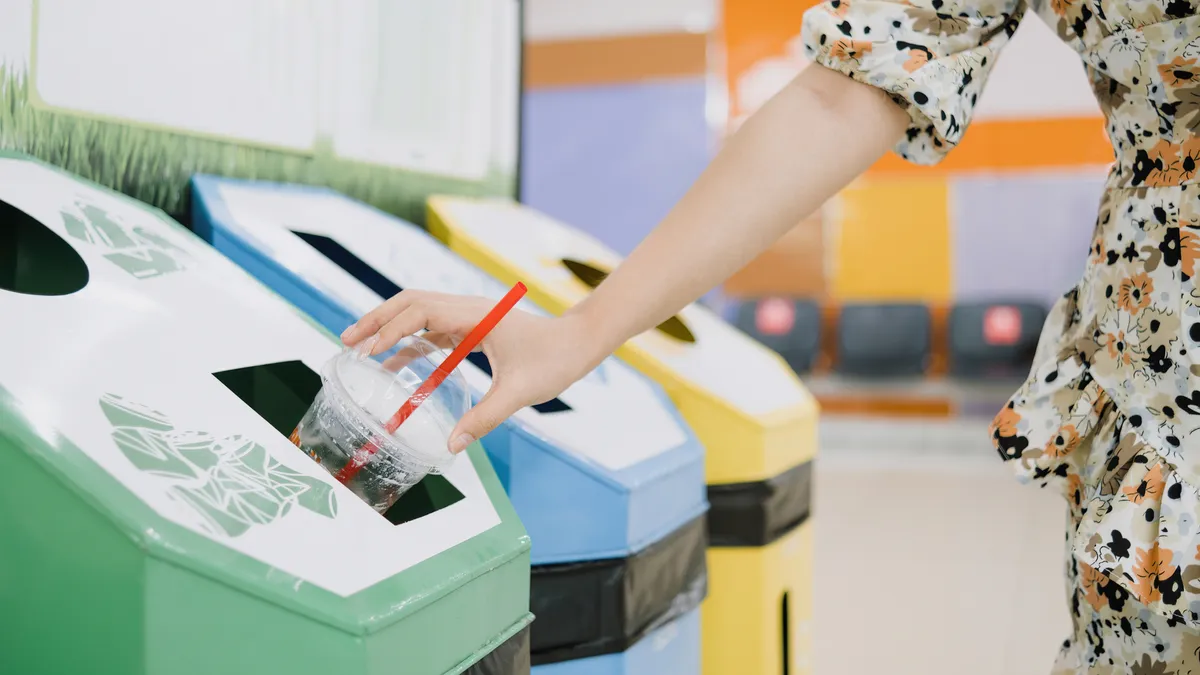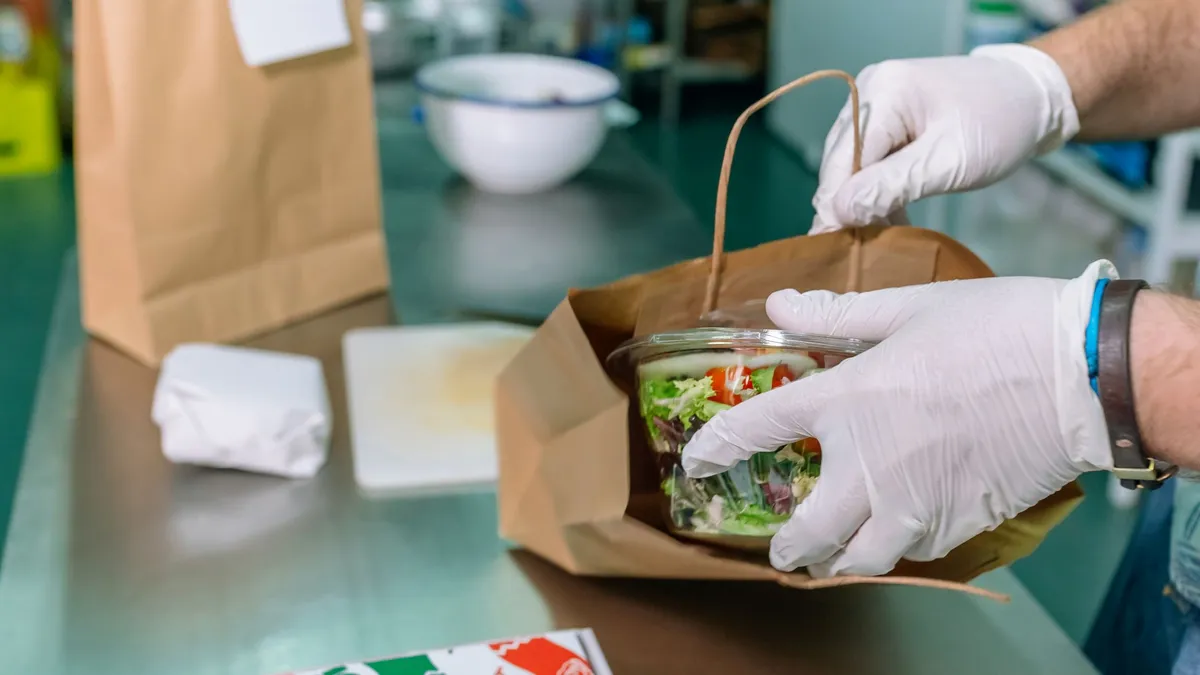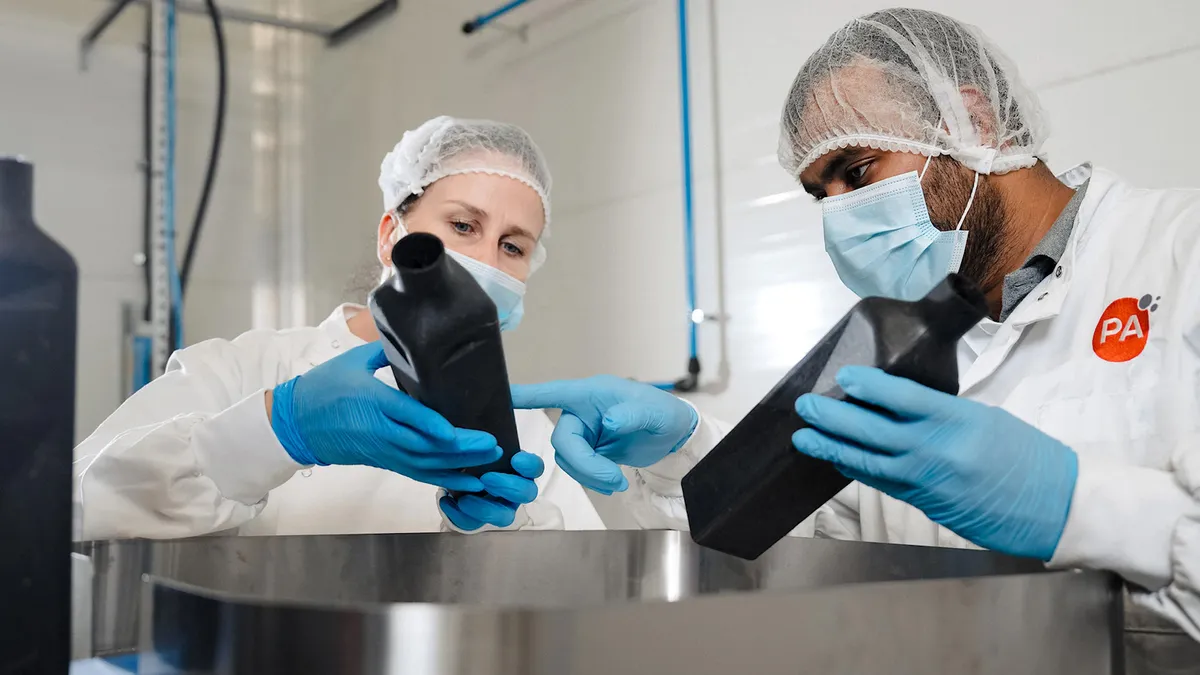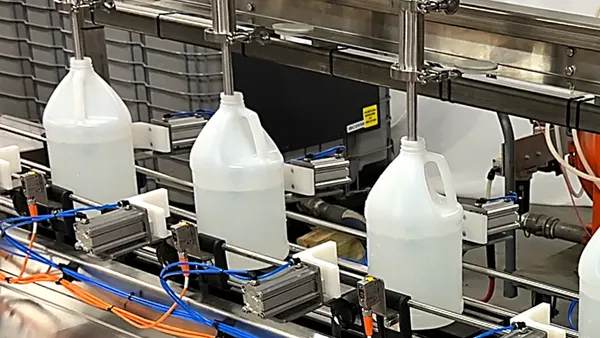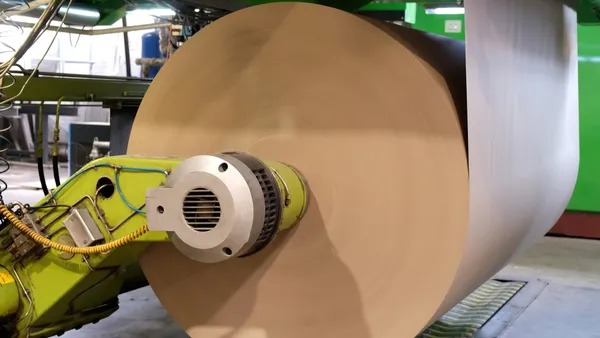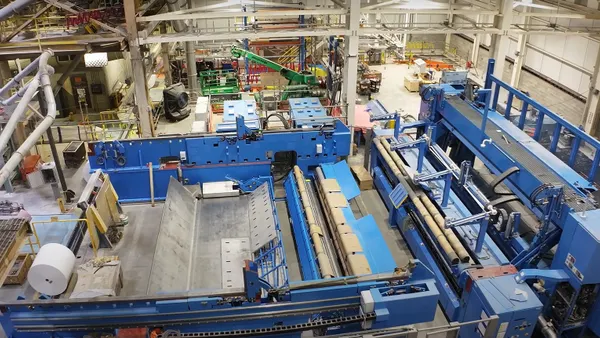“Sustainable packaging” is a buzzy topic, but it’s also a nebulous term that means different things to various people. The Sustainable Packaging Coalition is trying to help remove some ambiguity from the phrase with its newly released and revamped resource, “Definition of Sustainable Packaging,” which details five core principles.
SPC aims for the document to guide those along the packaging value chain — including manufacturers, brands and retailers — in pursuing holistic packaging strategies and bringing more innovation into them, said SPC Director Olga Kachook via email. This is especially pertinent as companies set or redefine their sustainable packaging goals, she said.
SPC, a membership-based collaborative from environmental nonprofit GreenBlue, had published an earlier definition document in 2011. That version set “an important precedent for considering packaging’s entire life cycle,” Kachook said. However, it was written at a time when sustainability factors other than recyclability — including compostability, reusability and chemical recycling technologies — “weren't available or weren't being seriously considered,” she said.
The new version is completely reworked and “does not bear much, if any, resemblance to the 2011 version,” Kachook said. “We felt the sustainable packaging space would benefit from a resource that takes a step back to explore the principles that are fundamental to designing more sustainably, rather than being laser-focused on recyclability, which is just one of the ways that packaging can be more sustainable.”
The five principles of sustainable packaging described in the resource are:
- Uses SMART design (systems approach, material health, accessibility, reduction and elimination and life-cycle thinking)
- Advances the use of recycled materials and/or sustainably-sourced, renewable feedstocks
- Is designed and labeled for reusability, recyclability or compostability
- Engages with reuse and refill models
- Invests in the growth of recycling and composting infrastructure, collection and access
SPC views investments in infrastructure, including collection and processing sites like MRFs and composting facilities, as critical to sustainable packaging models; end market development also is a key point. And companies must ensure the packaging they produce is appropriately labeled to make it to these end-of-life streams.
“It is not enough to design packaging to be recyclable or compostable in practice,” Kachook said.
A systems approach is necessary “to avoid unintended consequences of design choices,” the document states. It recommends collaboration across the value chain so packaging entities understand pain points for the recycling and composting industries and design around them. In addition, extended producer responsibility programs in places that have them will generate private sector funding for a variety of recovery infrastructures, according to the document, including infrastructure for reuse and refill like washing systems.
The SMART design principle stresses that sustainable packaging design also considers social, not just environmental, impacts. The packaging needs to be easy to open and use for all individuals, including those who have disabilities or limited mobility. It should also accommodate aging individuals who may have reduced dexterity, vision or cognitive abilities. The resource acknowledges, though, that certain packaging needs to limit access to the product inside, such as with child locks or tamper evidence.
Kachook explained that packaging’s primary job is to protect and deliver a product. If it fails, including when a customer can’t open the packaging to access the product, “then it is already a waste of materials and can't truly be sustainable.”
The resource echoes numerous positions others have taken on how to improve certain sustainability elements, such as investments in infrastructure and policy updates. It also touches on the importance of reuse and refill systems and the need to appropriately scale them to increase efficiencies and realize environmental benefits — even though the industry is aware of the sector’s currently small reach. The document suggests reuse and refill programs should strive for return rates greater than 80% to ensure containers are used multiple times.



